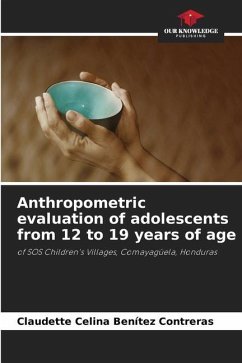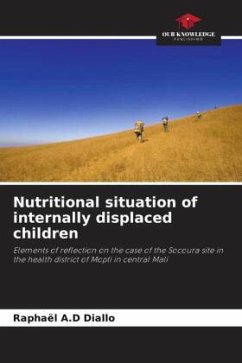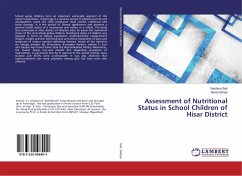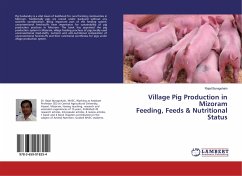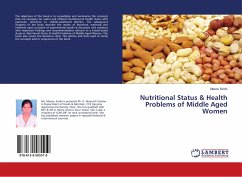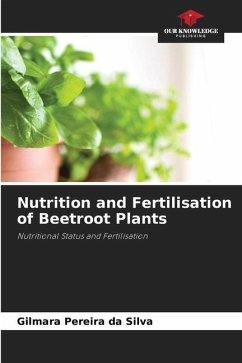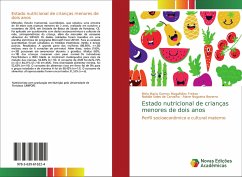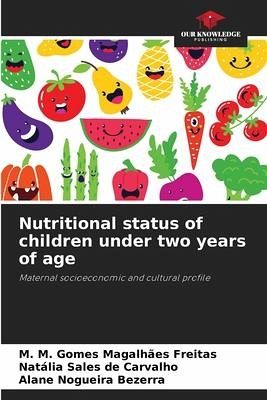
Nutritional status of children under two years of age
Maternal socioeconomic and cultural profile
Versandkostenfrei!
Versandfertig in 6-10 Tagen
27,99 €
inkl. MwSt.

PAYBACK Punkte
14 °P sammeln!
Methods: This is a cross-sectional, quantitative study of a sample of 30 mothers with children under 2 years of age, carried out in October and November 2016 at a Basic Health Unit in Fortaleza, CE. A questionnaire was applied with socioeconomic and cultural data of the mother, anthropometric data of the child, and the SISVAN food consumption marker. The data collected were entered into a Microsoft Excel 2010® spreadsheet. For the quantitative variables, statistical measures were calculated: mean and standard deviation. Results: A large proportion of the women (86.66%, n=26) had more than 6 p...
Methods: This is a cross-sectional, quantitative study of a sample of 30 mothers with children under 2 years of age, carried out in October and November 2016 at a Basic Health Unit in Fortaleza, CE. A questionnaire was applied with socioeconomic and cultural data of the mother, anthropometric data of the child, and the SISVAN food consumption marker. The data collected were entered into a Microsoft Excel 2010® spreadsheet. For the quantitative variables, statistical measures were calculated: mean and standard deviation. Results: A large proportion of the women (86.66%, n=26) had more than 6 prenatal consultations. In addition, all of them (100%, n=30) thought about breastfeeding during pregnancy. Many (60%, n=18) of the children were born with normal weight. Weight/height and BMI/age indicators were inadequate for more than half of the children, 52.63% (n=10). The consumption of SMA was 72.72% (n=8) and 84.21% (n=16) in MCA. For minimum dietary diversity, it was 52.63% (n=10). The consumption of iron-rich foods was 0% for the studied group and vitamin A was 68.42% (n=13). The consumption of ultra-processed foods was found 31.53% (n=6).



